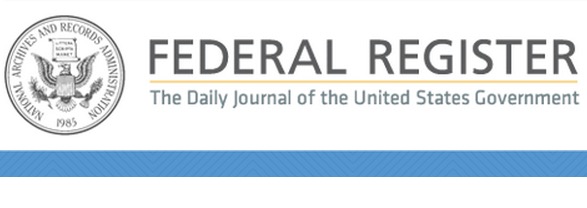
In a recent proposal, the US Department of State suggests a number of changes to that country’s export rules, which effectively would prevent 3D models of weapons to be transmitted.
The US has long held a list of restricted exports that they believe could compromised the country’s security. In other words, don’t provide military capability to the enemy!
In an extraordinarily lengthy proposal document, the US Department of State describes several changes that appear directed at recent attempts by some groups to develop and distribute increasingly refined 3D models of weapons, specifically firearms. These models can be 3D printed in plastic to create a weapon that potentially could be missed by normal security scans. However, as we’ve said before, these weapons are not robust, and while the plastic may not be detectable, the bullets and powder likely are.
What exactly are they changing in the regulations? It seems to be a number of definitions to make it explicitly clear what is allowed and what is not allowed. Take this section, for example, which describes a change in the definition of “technical data”:
Paragraph (a)(1) of the revised definition defines “technical data” as information “required” for the “development,” “production,” operation, installation, maintenance, repair, overhaul, or refurbishing of a “defense article,”
and
Paragraph (a)(1) also sets forth a broader range of examples of formats that “technical data” may take, such as diagrams, models, formulae, tables, engineering designs and specifications, computer-aided design files, manuals or documentation, or electronic media, that may constitute “technical data.”
They’ve also specified rules surrounding electronic transmission of data to include publicly accessible sites:
Paragraph (a)(7) is added for the release of information to a public network, such as the Internet. This makes more explicit the existing control in (a)(4), which includes the publication of “technical data” to the Internet due to its inherent accessibility by foreign persons. This means that before posting information to the Internet, you should determine whether the information is “technical data.”
This means that if you posted such weapon designs to any public service, you would be in violation because foreign parties could access them. Posting now equals exporting, apparently.
They’ve even indicated private storage may be equivalent to exporting:
Another example is the use of mass data storage (i.e.,“cloud storage”). In this case, “technical data” intended to be resident in cloud storage may, without the knowledge of the sender, be physically stored on a server or servers located in a foreign country or multiple countries. Any access to this data, even if unintended by the sender, would constitute an “export”
It seems the US really doesn’t want any digital transmission of prohibited articles to occur, and that would include printable 3D models of weapons.
Via Federal Register (Hat tip to William)

